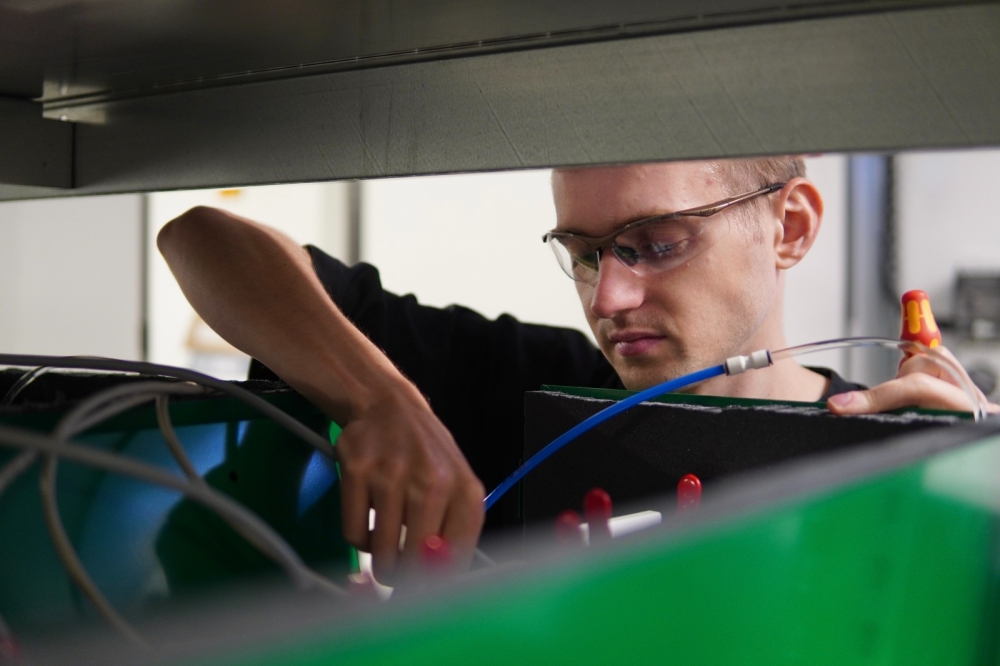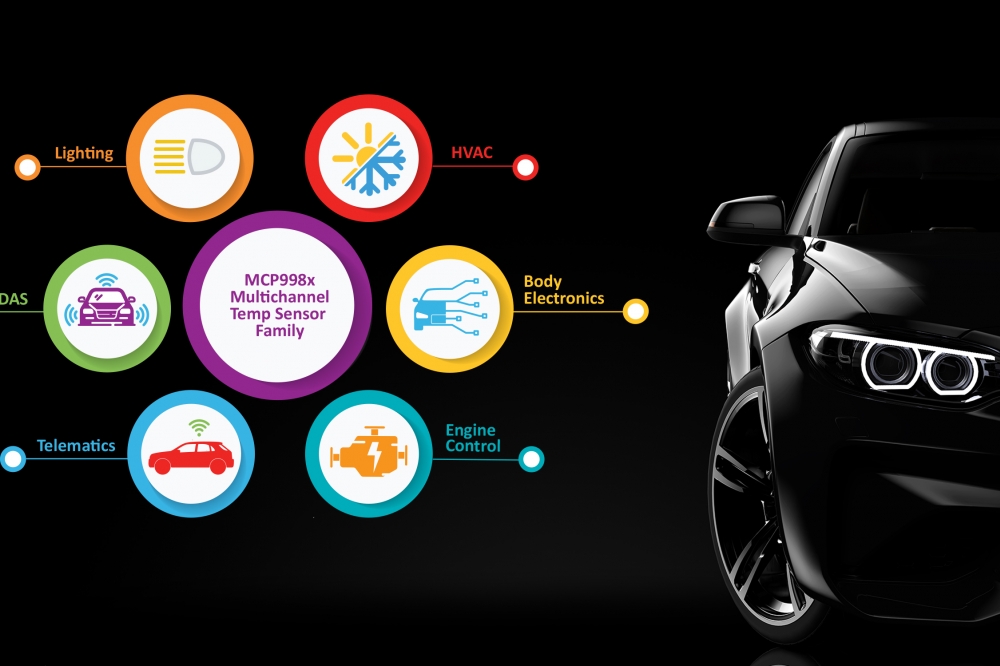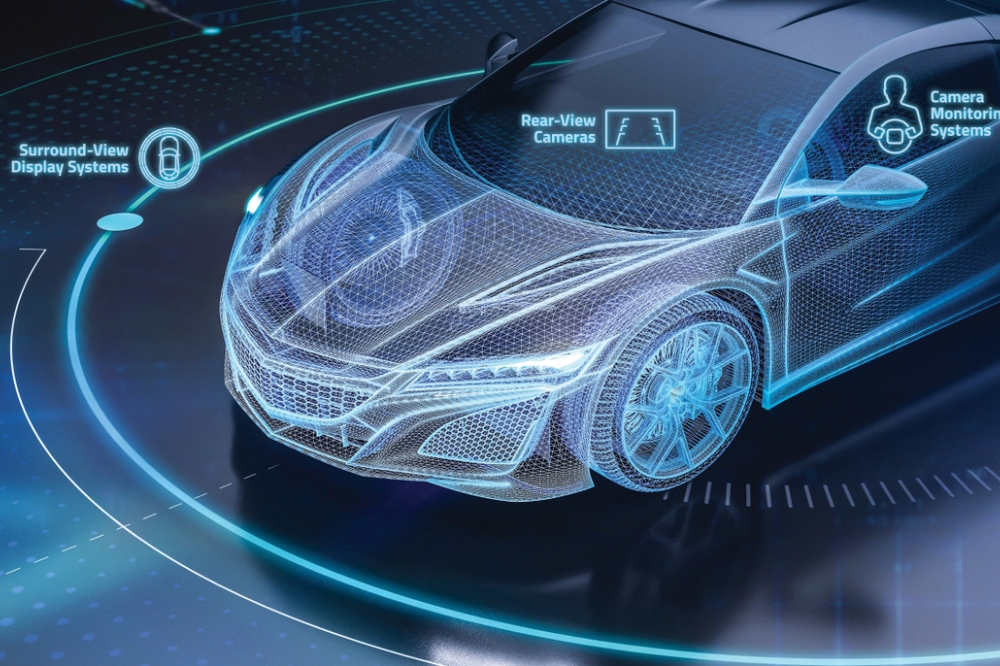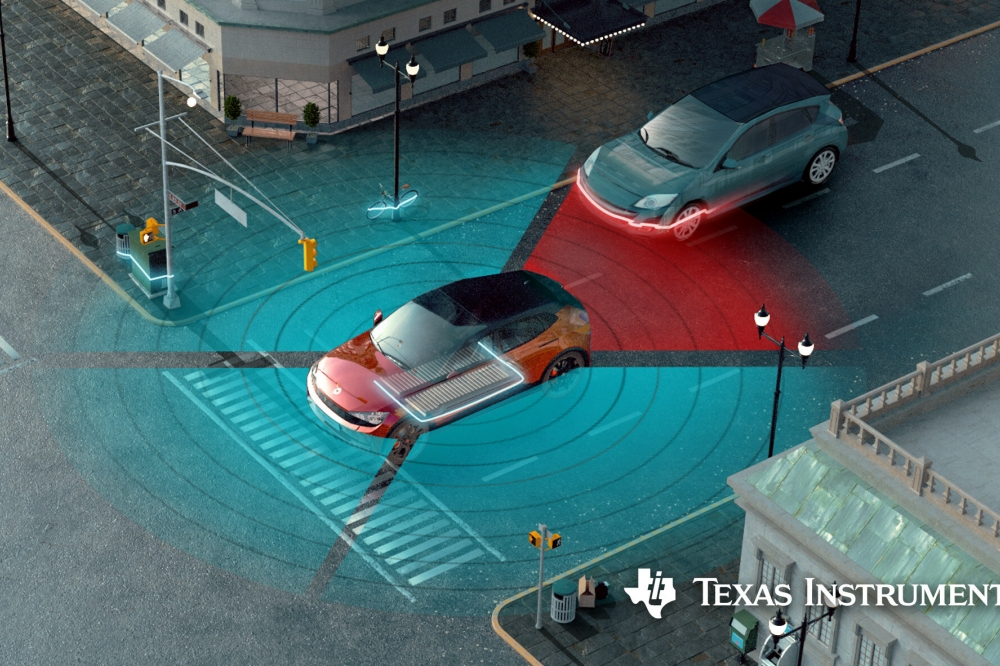The evolution of mobility

Background
We are facing a fundamental shift in mobility which will impact people, businesses, transport systems and energy networks. The effect this has on the way we upgrade our infrastructure, manage our networks and design our places is a complex, multi-sector challenge that requires collaboration and long-term future planning.
This transformation in mobility can provide benefits such as more sustainable transport, a swing to active transport modes, cleaner energy and transport networks through adoption of alternative fuels as well as provide a better citizen experience and mobility equality. These benefits, however, can only be realised through the joint efforts of the public, energy, transport and private sector working towards a shared vision for future mobility with citizen experience at its core.
Development of multi-modal hubs
Railway, coach and bus stations are often the gateway to a place and therefore provide an opportunity to develop first impressions, create social value and a prime chance to implement smart technologies. They have the potential to join forces and become multi-modal hubs to promote active transport, ease journey progression and act as a centre of social inclusion in any placemaking strategy. This could enable inclusive and dynamic end-to-end journey planning with seamless transition between transport modes.
Costain has been working to develop the ‘stations of the future’ as part of an Innovate UK call for ‘accelerating innovation in rail’; the project utilised digital media with a world-class ideation process from our partners. The project engaged with hundreds of individuals throughout the rail sectors including stakeholders, clients and supply chain organisations, to roadmap the key themes and trends against the required enabling products and capabilities. These have been displayed and discussed with key decision makers as well as many other train operating companies and transport bodies.
The key roadmaps that have been developed to demonstrate the links fall within ‘advanced sustainable rail infrastructure’, ’the digitally connected passenger’ and ’stations that work as planned’. The consistent trends across all these fields point toward enhanced connectivity between transport solutions, improved and consistent passenger information and greater station operations, based on current capacity and social improvements. Mobility as a Service (MaaS) is enabled by many of the capabilities and enablers identified. Enabling MaaS will inevitably happen by the improvements required ahead of it – governance and service regulation are the key enablers to connecting the solutions and making it happen sooner.
This future proofing and digitisation strategy is the first step in understanding the future use and citizen requirements of our railway stations and acts as a backdrop for further MaaS development to create future multi-modal transport hubs. Nevertheless, there is still work to be done on the wider impact stations can have in local placemaking strategies and how this links to other sectors and public authorities. One such area requiring cross-sector collaboration is in the impact of decarbonising transport, especially rolling stock, on the energy network.
Balancing mobility needs with network resilience
This shift to MaaS and drive towards greener transport has created a complex interdependency between our energy and transport systems. The majority of this has been focused on electrification of vehicles, although this will not solve the issue alone and development of hydrogen transport and associated economies has been gaining pace, specifically in the north of the UK. To successfully decarbonise our transport network, there is a knock-on effect on our energy systems, which either need to be reinforced to accommodate larger electricity demand or upgrades to support hydrogen transport and storage.
Demand for better air quality and the drive to decarbonise energy has already resulted in market changes over the past five years, with a 40% growth in renewable energy generation. Moreover, it is predicted that by 2040, 40% of overall generation will be dispersed and connected to the wider distribution network. This alone will cause disruption in our energy landscape, requiring an essential change in the way distribution companies operate and creates both near- and long-term challenges for our networks.
When you add in the complexity of decarbonising transport, these challenges intensify. With electric vehicle market share expected to expand to 40% by 2050, there will be impacts on local network resilience, domestic and network infrastructure reinforcement required, and unknown demand predictions required to facilitate charging.
Hydrogen economy can provide a solution to reduce electricity demand and solve transport decarbonisation of larger vehicles such as trains. However, this is still a challenge as our current gas grid is not set up for hydrogen transportation and storage. One solution to this is the electrolysis process which provides ‘on-demand’ hydrogen production, but again, relies on electricity supply and infrastructure. This is where collaboration with industry sectors is required, to understand each other’s requirements and develop combined solutions to minimise system disruption and maximise benefits for local people.
A transport hub of the future could provide renewable energy in the form of photovoltaic energy from the roof, connected to a smart grid encompassing battery storage for demand response and could form part of a wider community grid network. This could be used to power electrolysis of hydrogen to refuel trains and buses from the same terminal, minimising infrastructure required as well as providing charging facilities for e-bikes, cars and autonomous vehicles on site. Citizens would have a multi-modal hub to provide transport choices around their place and would benefit from clean air, opposed to the heavily polluted air which normally surrounds our transport terminals.
Transport and energy systems are among the most complex and critical systems we have. They are essential to the day-to-day running of any place, as well as its longer-term growth and prosperity. At the same time, they are also at risk from a variety of shocks such as weather damage, as well as chronic or recurring stresses such as traffic congestion and accidents. Places must increasingly adapt, expand and reinforce their transport and energy systems to withstand such changes.
Technology, in particular smart and integrated systems, provide ways to minimize risks and enhance resilience in cities. Vulnerabilities occur and interact across multiple systems and multiple scales; this means that timely, good quality data in a consistent format across multiple sectors, about the conditions and performance across the systems is a critical characteristic of a resilient place. A robust, integrated system across sectors will in turn provide users with a seamless, reliable, efficient multi-modal service.
Conclusion
Population growth, urbanisation and intensifying weather-related hazards are putting modern places under increasing pressure to support and protect their inhabitants and infrastructure. Future places will need to be more robust, and have a collaborative and coordinated approach to manage the everyday stresses and future system demand requirements they face. By building resilience into the design of smart infrastructure systems and investment appraisals, places and their citizens will be better able to manage these stresses and changing requirements in the face of a complex, uncertain and exciting, yet ever-changing future. Putting travellers at the heart of solution development will create the inclusive, integrated transport system we need and drive connected places of the future.
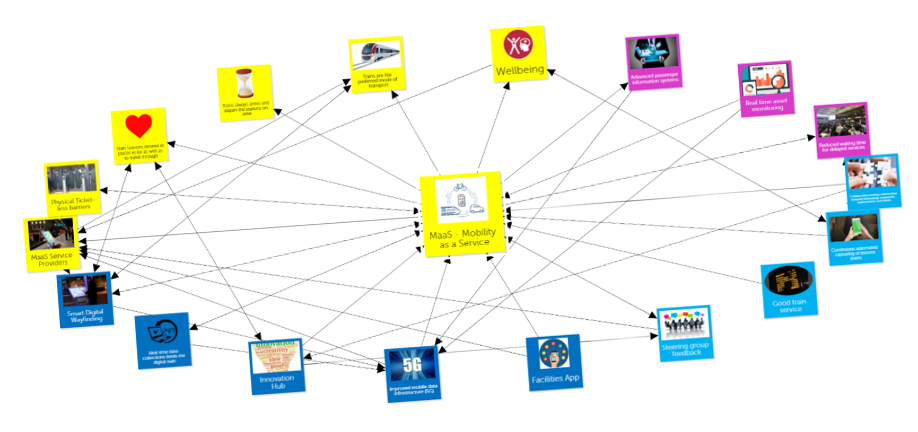
Lead author and contact: Kim Faithfull-Wright, Smart Places Lead, Costain, Kimberley.faithfull-wright@costain.com
Faye Banks, Director of Energy, Costain
Phil Pitman, Rail Innovation Lead, Costain
The evolution of mobility
Modified on Monday 22nd April 2019
Find all articles related to:
The evolution of mobility


 Add to my Reading List
Add to my Reading List Remove from my Reading List
Remove from my Reading List